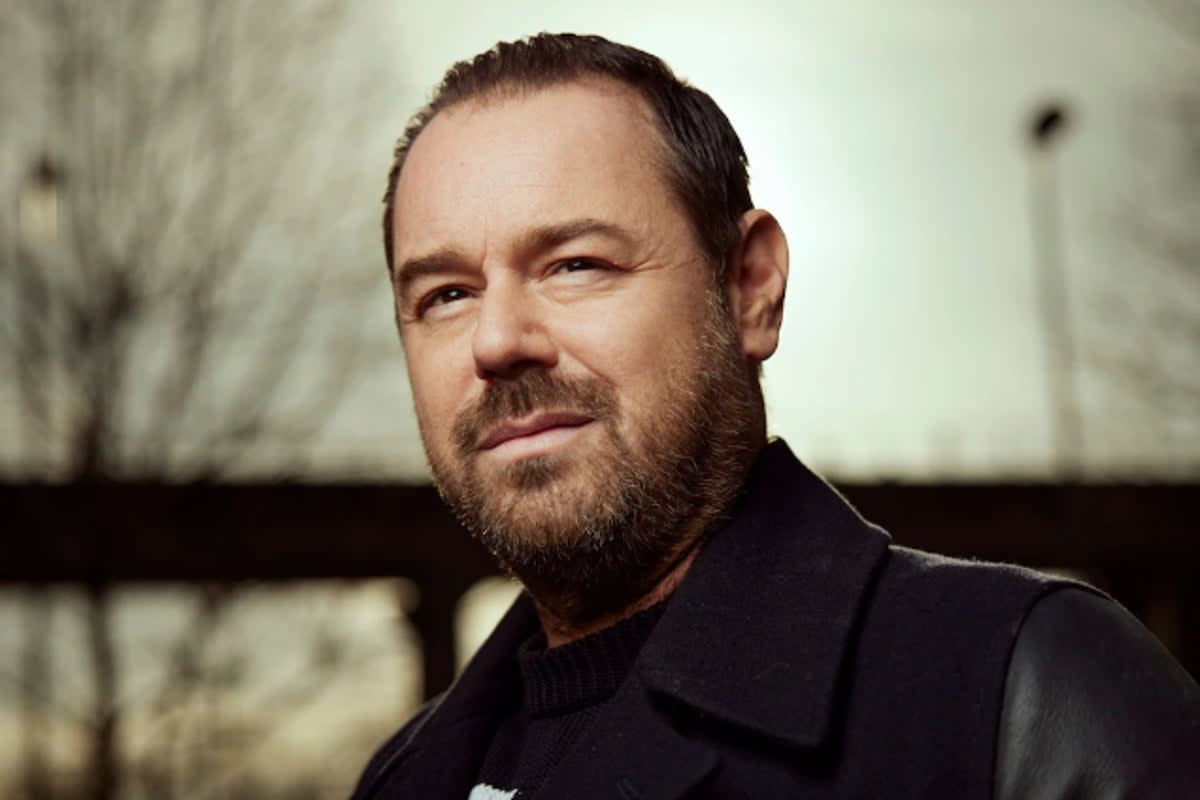I’m a man, and here’s what Danny Dyer’s How to Be a Man doesn’t tell you about the ‘war on men’

Is it fair to say there’s a war on men at the moment?” It’s a question Danny Dyer poses in the first episode of How to Be a Man, a new two-part docuseries fronted by the hardman actor. The programme wades into the sticky and opaque tar pit of modern masculinity, with the Football Factory star serving as our plain-spoken docent. The hypothetical war is often framed as an incursion from outside: hardline, man-hating feminists throwing rocks and flaming bras at the crumbling fundaments of traditional masculinity. But is it fair? The thing is… those men shouting that their masculinity is under attack are not entirely wrong. Society is in the midst of a war on men. But, like all wars, it’s one orchestrated and carried out almost entirely by men.
To Dyer’s credit, How to Be a Man does at least attempt to offer a holistic view of manhood in the year 2024. We are shown the spectre of “toxic masculinity”: men and boys harbouring deeply regressive, objectionable views on women, sexuality and gender. (“Men should be strong”, “promiscuous women are bad”, et cetera.) Misogynistic “alpha culture” influencer Andrew Tate is mentioned a lot; a kind of low-rent Tate-a-like content creator is interviewed by Dyer at length. Thankfully, the ideology of these straightforwardly toxic men is given little shrift. Dyer does, meanwhile, acknowledge some of the very real challenges facing men: the disproportionate rates of suicide, drug addiction and homelessness; the victim-blaming that occurs in instances of female-on-male domestic violence; the difficulty of open emotional communication within traditional male spaces.
In these specific ways and others, it’s true that men do sometimes have it worse than women; that men are subject to prejudices and pressures that women usually are not. But misandry hasn’t produced these conditions. They are caused and exacerbated by the self-same patriarchy that chauvinist men espouse. Conventional masculinity hasn’t been torn down by the feminist agenda: it’s buckled under its own noxious expectations. What matters is that we construct something healthier and more honest from its rubble.
To some degree, it’s tempting to simply write off the nation’s masculinity crisis as being simply a “straight people problem”. To someone like myself, a bisexual man in his late twenties, the whole notion of a war on men feels like a bizarre and irrelevant concept – a battle being waged in my name of which I am no part. Masculinity is not something to which I devote a lot of conscious headspace, and I am fairly confident that my own performance of masculinity, such that it is, is benign and non-toxic. (Its worst manifestation is probably that I wish a little too much ill upon certain Mancunian and Liverpudlian footballers.)
What’s more, I am socially bubbled in a milieu of like-minded (and largely queer) progressives. The idea that a person would be receptive to the ideas of Andrew Tate is, on a very practical level, alien to me. It’s like flat earthers, or Man City supporters: I know all too well that these people exist – I just never seem to meet them. At the end of episode one of How to Be a Man, Dyer meets with a gay men’s choir, and is swept away by their evolved, non-traditional brand of masculinity. “These fellas give me hope for the future. They can teach all men a thing or two for sure,” Dyer says.
But this is of course reductive. As anyone who’s ever spent five minutes on Grindr could tell you, there’s no shortage of gender hangups within the gay community. (Consider for a second the implications of the phrase “straight-acting”.) It’s fair to say that many queer men have complicated relationships with their own masculinity; when the expression of your gender is subject to widespread bigotry, it inevitably becomes shaped by this bigotry. Your understanding of manhood operates either in accordance with, or as a rejection of, society’s heteronormative expectations. Yet it is also true that many queer people do have a healthier and more sophisticated understanding of their own relationship to gender, if only because they have given it deeper and more open-minded consideration. (On that note, I highly recommend the memoir Amateur, written by Thomas Page McBee, which offers an insightful and nuanced look at modern masculinity, told from the perspective of a trans man who takes up boxing.)
Ultimately, the modern masculinity crisis is inextricable from other complex social dynamics – including class and race. Like all markers of identity, masculinity isn’t necessarily helped by being reduced to one homogeneous blob. How to Be a Man at least touches on this, and looks at how regressive male attitudes are often exacerbated by socioeconomic circumstance. Fixing the problem is not so simple as getting a few blokes to unsubscribe from Andrew Tate’s YouTube channel. Structural change is needed. Education. Funding. Mutual compassion. Without that, the war, as it were, will surely drag on. And there’s no getting out of the firing line.
‘How to Be a Man’ is available to watch on Channel 4
